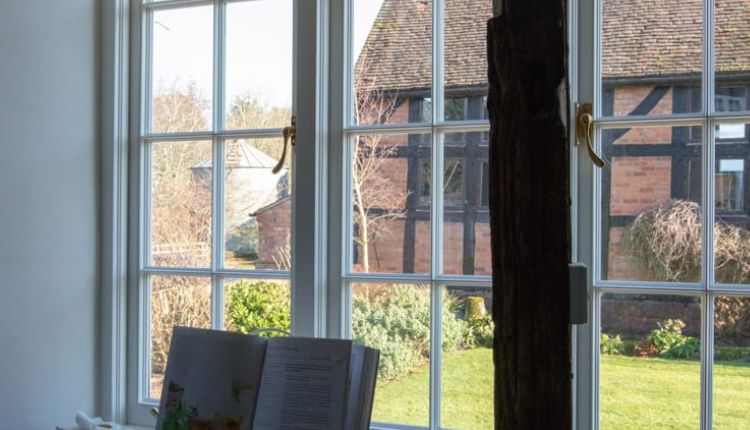Vacuum insulating glass improves thermal and acoustic insulation, increasing the value of a building. Despite its benefits, the technology is not inexpensive and is not available everywhere. There are only a few manufacturers of the glass. Here’s a quick overview of the benefits and costs of this new technology.
Ultimately, the company decided to partner with Panasonic, a company that makes plasma screens for consumer electronics and also produces insulating glass. Together, the two companies worked to develop a custom production line that could incorporate Panasonic’s technology into the continuous production flow of their existing product range. The result was a unique production line that was installed in less than six months.
The process for producing these windows is technically challenging. They require two layers of metal deposited on the glass. The first is a vacuum-insulated coating; the second is a standard low-e coating. Both of these methods can result in R-2 or R-3 insulation. One such method is known as ClimaGuard Low-E glass.
Although the technology is not new, it has undergone several generations of refinement and development and is now an advanced product. Today, the VIG is one of the few lead-free IG products available on the market. While it is not widely available, the technology is worth exploring in practical applications. At first you must know about the what’s vacuum insulating glass?
Vacuum insulated glass technology is the use of a special material to seal two sheets of glass. Once sealed, a vacuum seal is created, maintaining the integrity of the glass. This technique has many uses in the non-transparent insulation industry. Its advantages include its ability to keep heat and sound at bay.
The first patent for vacuum insulated glass technology was issued in 1913. It describes a technique to produce double-glazed windows with high thermal-insulating value. In this process, heat is trapped between the glass sheets, and the energy losses are reduced. The glass is also supposed to exhibit negligible degradation in the field, resulting in high reliability for practical installations.
In order to create vacuum insulated glass, the material needs to have high-strength pillars. Traditionally, pillars are made of a non-transparent material. However, Panasonic has been able to develop a transparent insulating material that will serve as a pillar. The new technology is a new generation of insulating glass that is 3-4 times thinner than triple glazing.
It provides excellent thermal insulation and excellent light transmission, all in a lightweight material. This technology is compatible with existing AGC multifunctional glass ranges and can be used for new building construction or renovation.
While it is not cheap, this new technology provides many benefits. It improves thermal and acoustic insulation and increases the value of a building. However, this material is not available everywhere and only a small number of manufacturers produce it. It is also expensive, so it is not widely used in new construction.
Vacuum insulating glass is a type of glazing which uses a vacuum to provide insulation to a window. Its advantages include improved thermal performance, light weight, and a thin profile. This makes it ideal for retrofit applications. Furthermore, it is one of the few lead-free IG products.
Vacuum insulating glass is widely used in different building applications. It can reduce energy consumption by avoiding conduction and convection. It can also reduce heating and cooling bills. This type of glass is mainly used in doors and for roof glazing in buildings. It also provides natural light and is suitable for use in green buildings. In addition, it is widely used in IT parks. Are you ready to windows replacement with vacuum glazing?
Vacuum insulating glass is an innovative type of insulating glass. Its two-piece design provides greater thermal insulation than conventional insulating glass. In fact, it can provide the equivalent thermal insulation of a 370-mm concrete wall. Furthermore, it is also effective in blocking sound transmission. It is also airtight, containing no water vapor molecules, so it does not generate condensation, especially in the winter. Due to its unique design and technology, it is easier to install and replace it than other types of window glass.
This glass type can also be manufactured in custom sizes to meet specific requirements. The demand for vacuum insulated glass is predicted to increase in the coming years. The increasing demand for energy-efficient windows and doors will further fuel this market growth. The demand for this type of glass is expected to increase in developing countries. Further, it is an environmentally friendly product that will help reduce carbon emissions and contribute to sustainable development.
